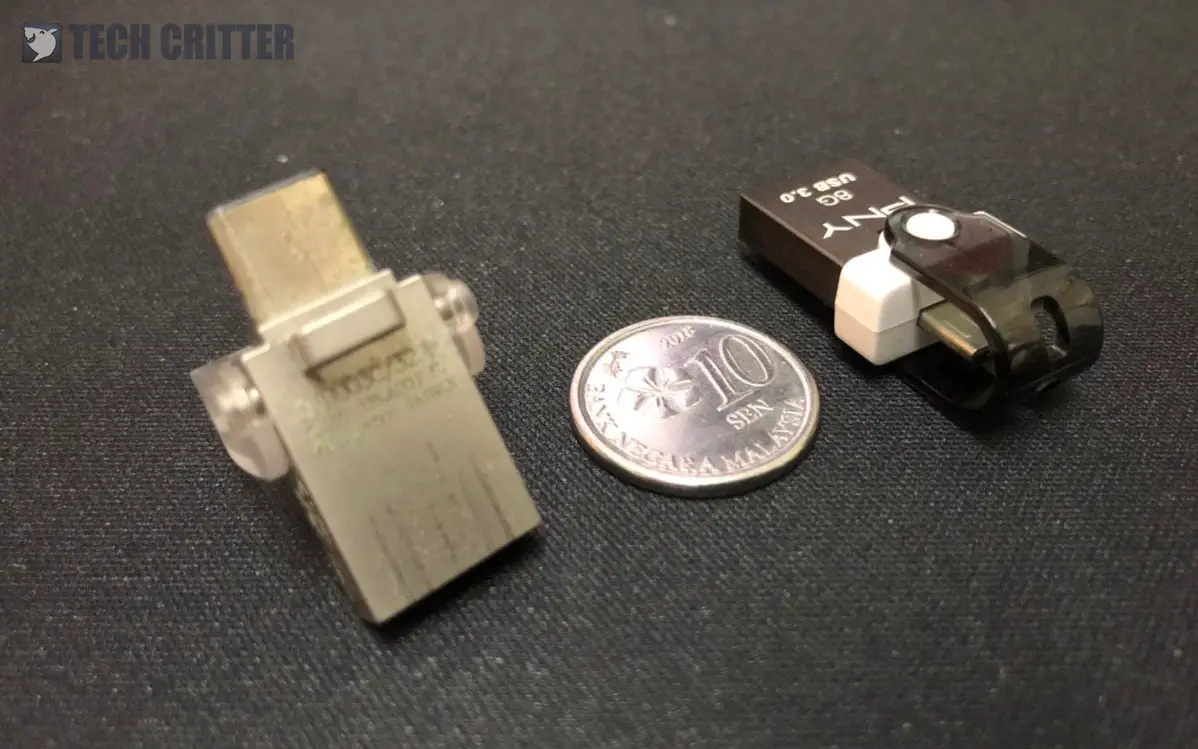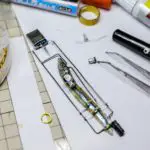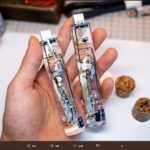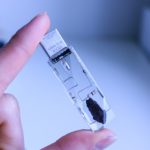Ever heard of USB drive that uses a fish’s brain to store data? Well, we bumped into this article on Amazing Nara just a while ago, which sparked our interest to look further into this. The fish brain USB drive was described as having multiple electronic components connected to the brain of a dead fish, which to us, doesn’t makes any sense at all.
After some quick seach on Google using ‘fish brain USB’ as the keyword, it led us back to the original source of the image on Twitter. The images of the ‘fish brain USB’ drive was uploaded by Twitter user ni28_xp.
技術はさらに進歩し、ついに死んだ生物の脳を記憶媒体に用いるデバイスが開発された。
小魚の脳には32GB程度の情報が書き込めるという。 pic.twitter.com/uAcHyGDGSD— ニケルxpは1/12,13HMJ両日【E-8】 (@ni28_xp) December 28, 2018
Looks pretty legit? Well, try to scroll down a little bit more and you’ll find another Tweet with images of USB drive that comes in similar design. Of course, without the dead fish in it:
一瞬本当に魚の脳に記憶できるのかと錯覚しちゃうほどリアルなUSB
試験管のような形状をしているのもまた素敵です。
他にも、「秋の夕焼けUSB」や「鉱石USB」など素敵なハンドメイド作品を作っている今話題の「ニケルxp」さんの作品についてこちらにまとめました!https://t.co/Wnt3Iz2bqk pic.twitter.com/2lQdkDZnIn
— BuzzTweet (@BuzzTweet2) December 29, 2018
If you take a closer look at it, the USB drives shown in both tweets do share something in common – the main storage is actually the USB connector itself and the glass housing is just a diversion.

Here’s a photo of some of the very tiny USB drives we have, the Kingston DataTraveler MicroDuo USB 3.1 Type-C and a PNY branded USB drive which we got it as a door gift back from our visit to Computex 2018. We placed both the USB drives next to a 10 cent coin just to show you how tiny these drives are.
Without the micro USB and type-C connector, both USB drives are merely the size of the USB connector itself. Now, let’s take a closer look at the image of the ‘fish brain USB’ below:
Have you spotted anything unusual? Pretty sure that’s not how you build a circuit design to store or read information from a fish’s brain, especially for one that is dried up and dead. And of course, that USB connector – that’s the true form your the USB storage.
One of our search result that landed us on japansauce.net reveals that the ‘fish brain USB’ will be sold at HandMade In Japan Fes 2019 and the link to some interesting images.
In the end, the ‘fish brain USB’ is just a decorative piece of USB flash drive that has nothing to do with storing data to a dead fish’s dried up brain cells. Although you can’t deny that something similar might be achieved in the future, but that’s definitely not something we can see for now.







Comments are closed.